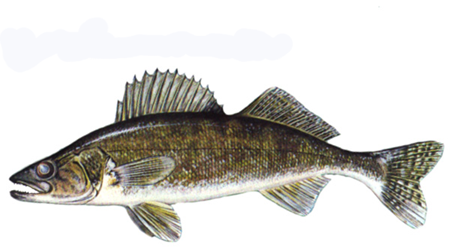 |
Walleye spawn from late March to early May. Spawning
occurs near exposed reefs and shoals along most of the shoreline.
Walleye spawn over rock, rubble and gravel in areas free of mud or
silt, usually near vegetation. The western basin of Lake Erie is
the major spawning area for walleye in the Great Lakes. |
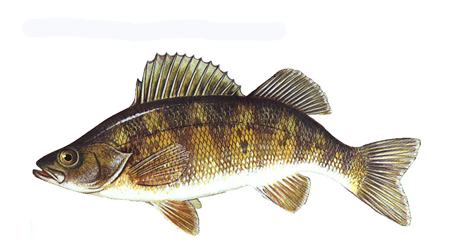 |
Perch begin spawning in early April and occurs in shallow water along
shorelines and in tributaries. Perch deposit their eggs randomly
over submerged objects, usually near vegetation. The western
basin is the major spawning ground for Lake Erie yellow perch. |
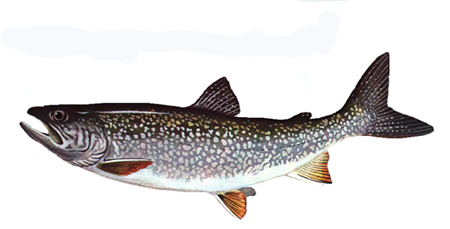 |
Native lake trout were once abundant in the eastern Lake
Erie. The population became extinct by the 1930s due to over
exploitation and environmental degradation. Lake trout have been
planted in Lake Erie since the 1960s. Lake trout typically spawn
in late fall. Lake trout begin moving to spawn on off shore reefs
in late August. Spawning may take place at depths up to 600 feet. |
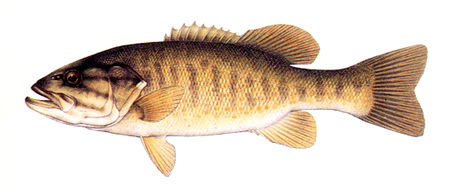 |
Smallmouth bass spawn inshore on shallow, rock reefs from
April to July, in Lake Erie. Smallmouth build nests near boulders,
docks or other structures in clear water. Males typically guard
the nests until the eggs hatch. Smallmouth bass spawning areas
have been degraded due to dams and siltation. |
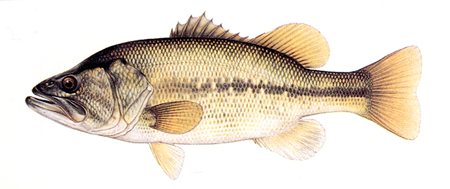 |
Largemouth bass spawn inshore on shallow, rock reefs from
April to July, in Lake Erie. Largemouth build nests near
boulders, docks or other structures in clear water. Males
typically guard the nests until the eggs hatch. Largemouth bass
spawning areas have been degraded due to dams and siltation. |
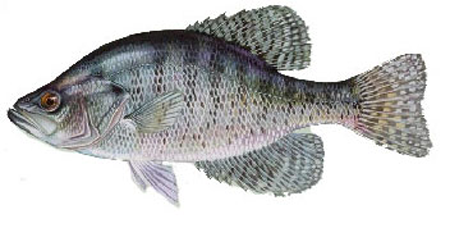 |
White crappie spawn in marshy areas during May and June in
Lake Erie. White crappie build nests in gravel in sheltered areas
with cover. Males guard the nest. |
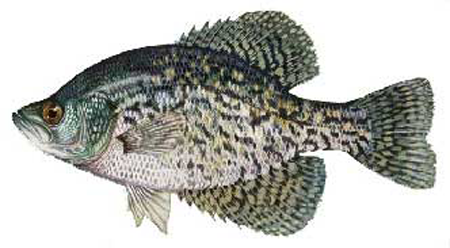 |
Black crappie spawn in marshy areas during May and June in
Lake Erie. Black crappie build nests in gravel in sheltered areas with
cover. Males guard the nest. |
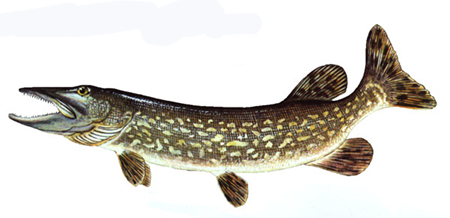 |
Pike spawn from March through April. Pike may begin to
congregate near spawning areas in February. Spawning is limited
to shallow areas with vegetation. Pike spawn along vegetated shore in
weed beds and marshy areas. Dredging has eliminated much of the
pike's spawning habitat. The bulk of northern pike are western basin
residents. |
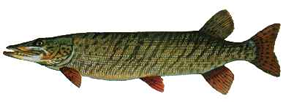 |
Muskellunge spawn in early spring after ice out in
vegetated shallows or flooded terrestrial vegetation. Spawning
also occurs near the edge of current swept areas, in bays and
harbors. Spawning usually occurs in water less than 3 feet
deep. Dredging has eliminated much of the muskellunge spawning
habitat. |









